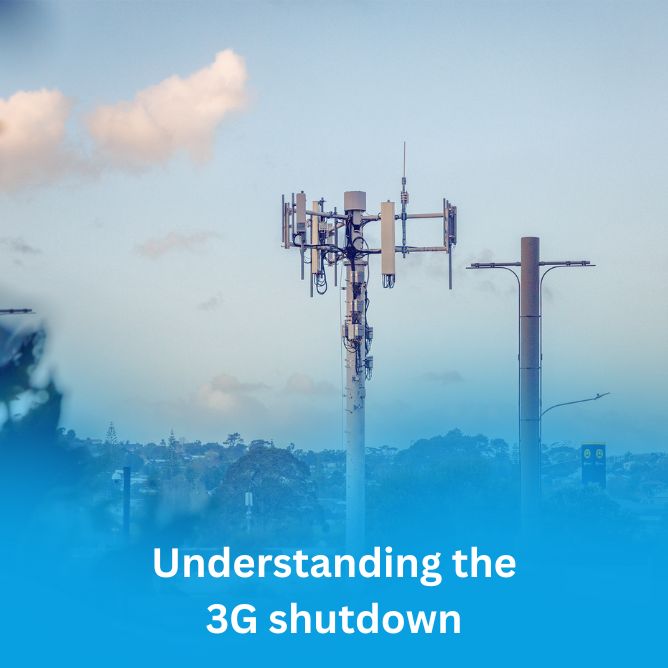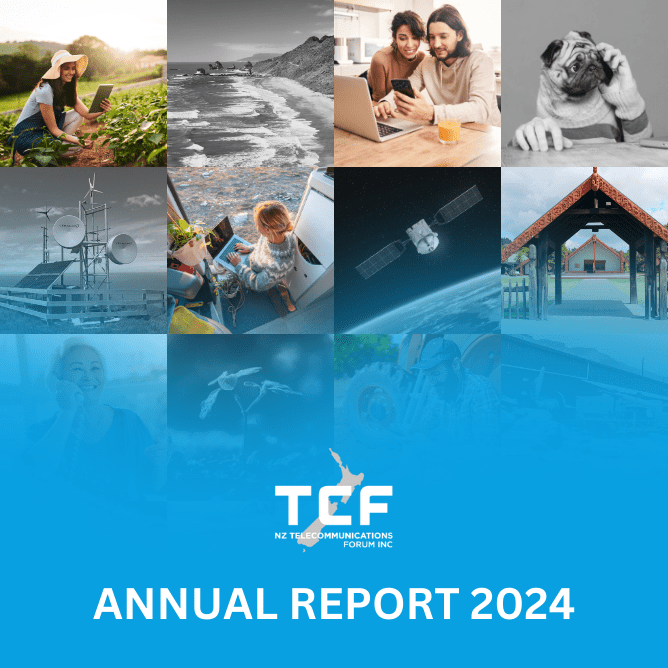Emergency Caller Location Information System
The Emergency Caller Location Information (ECLI) service was introduced to New Zealand in May 2017, offering high-precision location information for smartphones running Google’s Android system – approximately 70 per cent of the New Zealand market – and lower-precision location information for most other mobile devices. The high-precision location solution was extended to mobile phones running Apple’s iOS operating system in April 2018.
When you dial 111 from a mobile phone, data that helps determine the location of your handset may be sent to the ECLI system. This data is provided by your mobile network operator or by your handset.
Location services are switched on only when 111 calls are made, and then returned to the caller’s original settings after the call has terminated. All location data will only be held for 60 minutes and will then be deleted.
In its first year, ECLI was used to help verify locations of nearly 400,000 emergency calls. When further enhancements to the system are completed by mid-2020, that number is expected to jump to 780,000.
The ECLI service is overseen by the Ministry for Business, Innovation and Employment, and run in partnership with emergency services (New Zealand Police, Fire and Emergency New Zealand, St John and Wellington Free Ambulance), Datacom, Comtech Telecommunications Corp, and mobile network operators (2degrees, Spark and One New Zealand).
The caller location system enables police, fire and ambulance services to respond more quickly to emergency events from mobile phones, using the system data to help them verify the location of 111 calls from mobile phones.
Visit the Ministry for Business, Innovation and Employment website for more information about how the Emergency Caller Location Information system works.
Emergency Mobile Alerts
The Emergency Mobile Alert system sends alert notification in emergencies such as earthquakes and tsunamis to mobile phones in range of the affected area.
The system uses cell broadcast technology, which works over the mobile network rather than at a device level. All mobile phones that are compatible with the system, connected to the network and in range of the alert will receive Emergency Mobile Alerts.
When alerts are received, recipients can expect to hear a loud, penetrating sound, and a notification will display information about the emergency that is occurring. Around three million handsets in use in New Zealand can receive the alerts at present.
You can check whether your phone is compatible at www.civildefence.govt.nz.
What you need to know about Emergency Mobile Alerts:
- There is no need to sign up or download an app. If your phone is on, capable of receiving alerts, has updated software, is inside the targeted area, and connected to the cellular network, you should receive alerts.
- Alerts are targeted to affected areas, so you will only receive an alert if your phone is in the emergency area.
- As the Emergency Mobile Alert system is about keeping you safe, you won’t be able to opt-out. Your phones may show optional settings used in other countries, but in New Zealand a special broadcast channel is used which is permanently on.
- Emergency Mobile Alert messages can be sent only by the Ministry of Civil Defence & Emergency Management, Civil Defence Emergency Management Groups, NZ Police, Fire and Emergency New Zealand, the Ministry of Health and the Ministry for Primary Industries.
- Emergency Mobile Alert is an additional channel to help keep New Zealand safe in an emergency and does not replace other alerting systems, or the need to take action after natural warnings. If you feel your life may be in danger, don’t wait for an official warning. Take immediate action.
- If you are driving when you receive an alert, wait until it is safe to stop and then check the message.
Take the time to make your own emergency plan which includes what to do, where to go, who can help you and who might need your help. You can make a plan online at www.happens.nz









